Kinhtedothi - The Government issued Decree No. 62/2025/ND-CP detailing the implementation of the Electricity Law on protection of power works and safety in the electricity sector.

General regulations on protection of power works
The Decree stipulates that agencies, organizations and individuals are responsible for promptly notifying state management agencies and electricity units when detecting acts of theft or removal of ropes, ground wires, grid equipment, climbing electric poles, entering power stations or safety protection areas of electrical works when not on duty.
Do not use power works for other purposes without the consent of the power works management unit.
Do not install broadcasting antennas, clotheslines, scaffolding, cages, net houses, signs, advertising light boxes and other items in locations where they could fall, fall, swing or vibrate, causing damage or incidents to electrical works.
Organizations and individuals shall not dig, load or carry out activities that cause subsidence or pose a risk of landslides or subsidence of power grid works or power stations; shall not burn fields, waste, materials, or use construction equipment that causes vibration or is likely to cause damage or incidents to power works; shall not shoot, throw, or toss any objects onto power lines, power stations, and other power works.
Do not carry out blasting or mine opening; stack or store flammable or explosive substances, chemicals that can cause corrosion or fire, or damage parts of power projects.
Licensed aircraft must ensure a safe distance from power works and are not allowed to fly within 500 m from the outer edge of high-voltage and ultra-high-voltage overhead power grid works or 100 m from the outer edge of overhead power grid works to the surrounding areas, except in cases where aircraft are tasked with managing, maintaining, or repairing power lines as permitted by regulations.
The Decree clearly stipulates the safety protection of high voltage overhead power lines; safety protection of underground power cables; safety protection of power stations; safety protection of power plants and other power works...
Safety protection of high voltage overhead power lines
Regarding the safety protection of high voltage overhead power lines , the Decree stipulates that Investors and units managing and operating power grid works are responsible for organizing the implementation of safety protection measures for power grid works under their management scope, including areas within the safety protection corridor of power grid works.
Owners or users of houses and buildings that are permitted to exist in the safety corridor of overhead power lines must take measures to anchor and reinforce the roofs of houses and buildings to prevent the risk of flying into overhead power lines; comply with regulations on safety protection of overhead power lines when repairing or renovating houses and buildings; and must not use the roof or any part of houses and buildings for purposes that may violate the safety distance of electric discharge according to voltage levels specified in the following table:
Voltage | Above 01 kV to 22 kV | 35 kV | 110kV | 220 kV | ||
Wire wrap | Bare wire | Wire wrap | Bare wire | Bare wire | Bare wire | |
Discharge safety distance | 1.0 m | 2.0 m | 1.5 m | 3.0 m | 4.0 m | 6.0 m |
Before constructing new, repairing or renovating houses or works in the safety corridor of overhead power lines, organizations and individuals are responsible for implementing measures to ensure the safety of overhead power lines according to the technical requirements in Clause 4, Article 8 of this Decree. The construction licensing authority is responsible for consulting the power grid management and operation unit before granting a permit to construct houses or works in the safety corridor.
Trees inside and outside the safety protection corridor of overhead power lines must ensure the provisions of Article 15 of this Decree.
Owners of ponds and lakes where high-voltage overhead power lines pass through must coordinate with the operating management unit to post warning signs and are not allowed to fish in the safety protection corridor of overhead power lines and areas at risk of violating the safety distance for electric discharge according to voltage level.
Within 1,000 m from the outer edge of the high-voltage and ultra-high-voltage overhead power grid or 500 m from the outer edge of the medium-voltage power grid to the surrounding areas, organizations and individuals are not allowed to fly kites or flying objects, except for equipment serving national defense and security and equipment of the power project management and operation unit responsible for inspection, operation and maintenance of the project.
Organizations and individuals are not allowed to fill soil, stack materials, equipment or dump waste in the safety corridor protecting overhead power lines, changing the distance from the overhead power lines to the natural ground or violating the electrical safety distance.
When carrying out work near corridors or in the protection corridors of overhead power lines, organizations and individuals must take measures to prevent equipment, tools and means from violating the safe distance for electric discharge according to the voltage level specified in the following table, except in cases where organizations and individuals carrying out work apply appropriate technology or due to urgent requirements of national defense and security work, must have a written agreement with the electricity unit on necessary safety measures:
Voltage | Above 01 kV to 35 kV | 110kV | 220 kV | 500 kV |
Discharge safety distance | 2.0 m | 3.0 m | 4.0 m | 6.0 m |
Power station safety protection
Regarding the safety protection of power stations, the Decree stipulates that the Investor and the unit managing and operating the power station are responsible for organizing the implementation of safety protection measures for the power station under their management.
Land users and tree owners are responsible for not allowing houses, structures, or trees on their land to violate the safety corridor of power stations.
In the power station safety corridor, it is not allowed to gather in large numbers, set up tents, do business, park vehicles, or tie livestock, except for the purpose of checking, maintaining, or repairing the power station.
Housing and construction works near the safety corridor of the power station must ensure that they do not damage any part of the power station; do not encroach on the entrance and exit of the power station, the water supply and drainage system of the power station, the safety corridor of underground power cables and overhead power lines of the power station; do not obstruct the ventilation system of the power station; do not allow wastewater to enter and damage the power works. The entrance and exit of the power station with a voltage of 110 kV or higher must ensure the movement of rescue, firefighting and firefighting vehicles when performing their duties.
Conditions for housing in and near the safety corridor of overhead power lines
In addition, the Decree also clearly stipulates the conditions for houses and construction works to exist in and near the safety protection corridor of overhead power lines:
1. Houses and construction works existing in the safety protection corridor of overhead power lines with voltage up to 220 kV must meet the following conditions:
a- Roofs and surrounding walls must be made of non-flammable materials and ensure safe construction structure;
b- Do not obstruct access for inspection, maintenance, repair and replacement of power grid components;
c- The distance from any part of the house or building to the nearest power line when the line is in its maximum sag state is not less than the safety distance specified in the following table:
Voltage | Above 01 kV to 35 kV | 110kV | 220 kV |
Distance | 3.0 m | 4.0 m | 6.0 m |
d- For 220 kV overhead power lines, in addition to meeting the conditions specified in points a, b, and c, the following requirements must also be met: Electric field intensity must be less than 5 kV/m at any point outside the house 1 m from the ground and less than or equal to 1 kV/m at any point inside the house 1 m from the ground; metal structures of the construction must be grounded in accordance with relevant technical standards and regulations.
2. Houses and buildings with people living and working near the safety corridor of overhead power lines with voltage level of 500 kV or higher must ensure electric field intensity of less than 5 kV/m and the metal structures of the building must be grounded in accordance with relevant technical standards and regulations.
Compensation and support for housing in and near the safety corridor of overhead power lines due to limited usability and impact on daily life
Housing and constructions serving the daily life of households and individuals that do not have to be relocated out of the safety corridor of overhead high voltage transmission lines with voltage up to 220 kV as prescribed in (1) above, the organization or individual owning the housing and constructions serving the daily life shall be compensated and supported due to the limitation of use and impact on daily life. Compensation and support shall be made once as follows:
a- Housing and residential constructions with part or all of their area located within the safety corridor of overhead high-voltage power lines, built on land that meets the conditions for land compensation according to the provisions of the law on land before the date of land reclamation notice by the competent authority, the owners of the housing and residential constructions shall be compensated and supported for the area within the safety corridor of overhead high-voltage power lines. The specific compensation and support levels shall be determined by the People's Committee of the province based on the actual situation in the locality;
b- In case houses and constructions serving daily life are built on land that does not meet the conditions for land compensation according to the provisions of the law on land, the People's Committee at the provincial level shall consider and provide support based on the actual conditions of each locality;
c- Houses and structures existing in the corridor but not meeting the conditions specified in Point a, the Provincial People's Committee shall direct competent authorities to consider supporting renovation to meet the conditions in Point a;
d- In case a house or construction cannot be renovated to meet the prescribed conditions and must be demolished or relocated, the owner of the house or construction shall be compensated and supported according to the provisions of the law on land.
The Decree also stipulates: For houses and works serving the daily life of households and individuals located near the safety corridor and between two 500 kV overhead power lines, with a horizontal distance between the two nearest outer phase conductors of the two lines of less than or equal to 60 m , the owner of the house or work serving the daily life may choose one of the two following handling methods:
- Be compensated and supported for relocation as for houses and constructions located in the safety corridor that must be cleared according to the provisions of law on compensation, support, and resettlement when the State reclaims land.
- If there is no need to relocate, a written request to stay must be submitted to the People's Committees at all levels where the house or construction is located within 15 days from the date of the competent authority's notice of land recovery to invest in the construction of a 500 kV transmission line to be built later and compensation and support due to reduced land use capacity as for land in the construction safety corridor according to the provisions of the law on land.
Source: https://kinhtedothi.vn/quy-dinh-moi-ve-bao-ve-cong-trinh-dien-luc.html


![[Photo] Nhan Dan Newspaper launches “Fatherland in the Heart: The Concert Film”](https://vphoto.vietnam.vn/thumb/1200x675/vietnam/resource/IMAGE/2025/10/16/1760622132545_thiet-ke-chua-co-ten-36-png.webp)

![[Photo] General Secretary To Lam attends the 18th Hanoi Party Congress, term 2025-2030](https://vphoto.vietnam.vn/thumb/1200x675/vietnam/resource/IMAGE/2025/10/16/1760581023342_cover-0367-jpg.webp)


















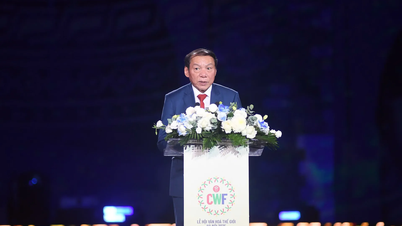

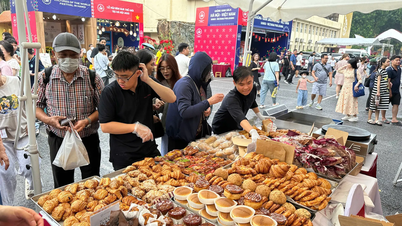



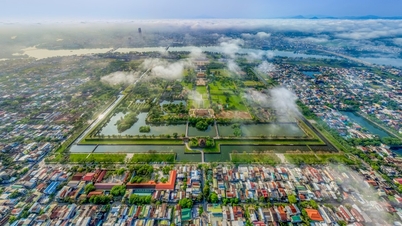







![[Video] TripAdvisor honors many famous attractions of Ninh Binh](https://vphoto.vietnam.vn/thumb/402x226/vietnam/resource/IMAGE/2025/10/16/1760574721908_vinh-danh-ninh-binh-7368-jpg.webp)




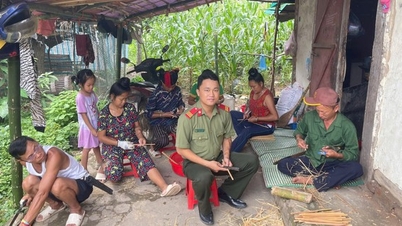

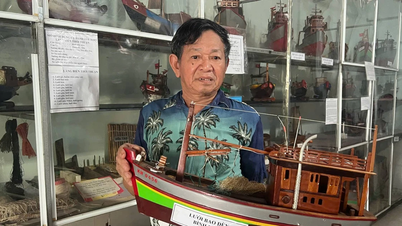



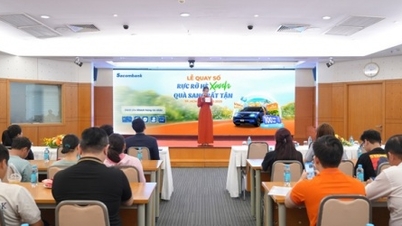





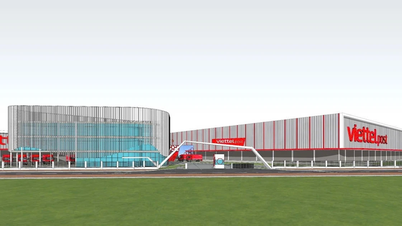










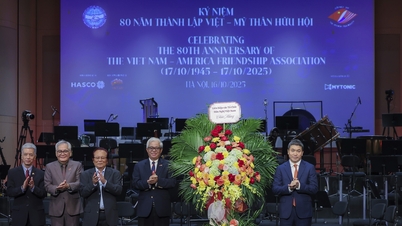





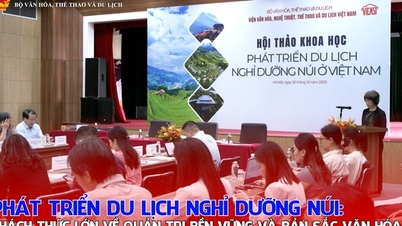

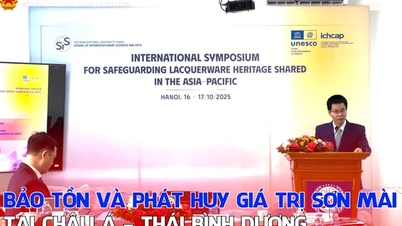

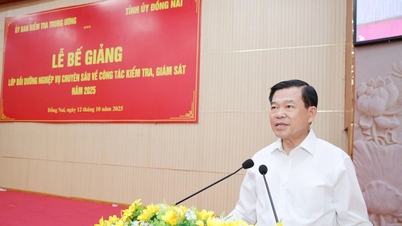










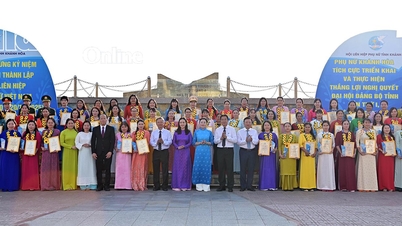


















Comment (0)